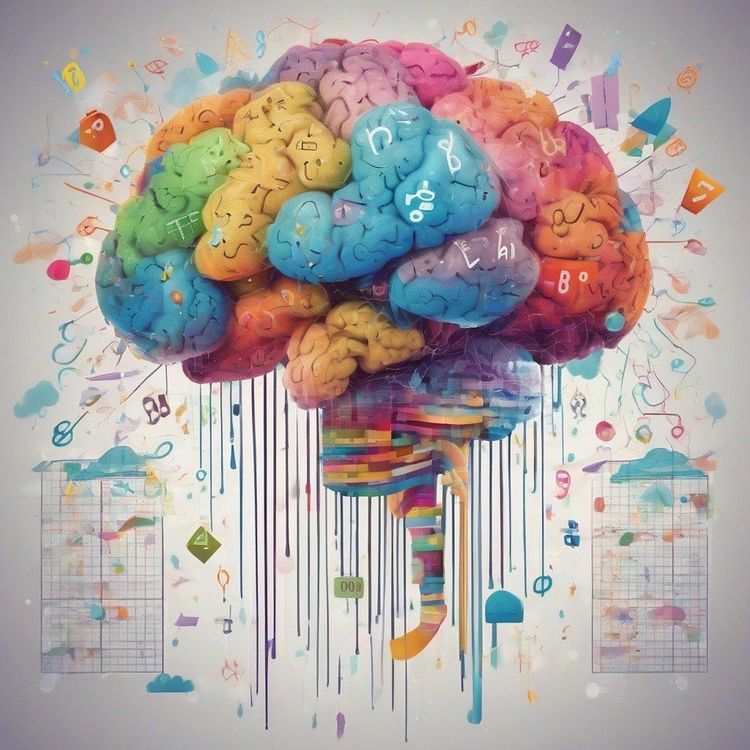A few months ago, OpenAI launched the GPT Store, a marketplace where users can create and list AI-powered chatbots designed for various tasks, such as coding and answering trivia questions. While the GPT Store offers robust capabilities, it operates exclusively with OpenAI’s models, a limitation that has led some chatbot creators and users to seek alternatives.
Enter FlowGPT, which aspires to become an “app store” for generative AI models including Google’s Gemini, Anthropic’s Claude, Meta’s Llama 2, and OpenAI’s DALL-E 3. FlowGPT also provides user-friendly front-end experiences for these models, incorporating features like text input fields and prompt suggestions. This platform enables users to build and share their own GenAI-powered applications, allowing them to earn tips for their contributions.
FlowGPT was co-founded by Jay Dang, a UC Berkeley dropout, and Lifan Wang, a former engineering manager at Amazon. They shared a vision of creating a platform where users could rapidly develop and share GenAI applications. “There’s still a learning curve for users to interact with AI,” Dang explained in an email interview. “FlowGPT is lowering that barrier with every update, making it increasingly accessible.”
Describing FlowGPT as an “ecosystem” for GenAI applications, Dang highlights its infrastructure and tools that connect a vibrant community of creators and users. Users enjoy personalized feeds of recommended applications based on popular categories like “Creative,” “Programming,” and “Academic.” In contrast, creators have the flexibility to customize how their GenAI apps behave and appear.
Interactions with GenAI apps on FlowGPT take place through a chat interface reminiscent of ChatGPT. Users can enter prompts, rate apps, share conversation links, or tip app creators. Each application includes descriptions from the creator, along with usage statistics and recommended models.
It's important to note that the essence of FlowGPT apps lies in the prompts they employ, which guide models to generate specific responses. For instance, the “Scared Girl from Horror Movie” app instructs ChatGPT to craft a horror narrative revolving around a frightened girl. “TitleTuner” helps optimize headlines for better search engine visibility, while SchoolGPT provides step-by-step solutions for math and science problems using ChatGPT.
However, you might notice a heavy reliance on ChatGPT within FlowGPT. Users may find experience discrepancies when models switch from the default option. In some cases, alternative models lack the necessary capabilities, while in others, prompts clash with certain model safeguards.
Regarding these safeguards, some of FlowGPT's most popular applications serve as workarounds to bypass existing safety measures. The marketplace features multiple iterations of “DAN,” a challenging prompting approach aimed at eluding models' restrictions. Other applications, like WormGPT, claim to create harmful code and lead to paid dark web versions of chatbots that further extend functionality, along with dating simulators that defy OpenAI's policies against fostering relationships.
Many apps pose potential risks, particularly those related to therapy or misleading health information. GenAI models like ChatGPT have a known history of providing poor health advice. Previous studies showed that earlier versions of ChatGPT frequently failed to direct users to specific resources for critical issues like suicide, addiction, and sexual assault.
Any FlowGPT app that breaches community guidelines can be reported to the platform's community manager for review. The platform does include a toggle for “sensitive content,” but users may find that moderation efforts fall short. It resembles a Wild West scenario for GenAI applications, where toggle effectiveness is minimal.
In response to concerns about moderation, Dang assures that FlowGPT maintains ethical standards and risk mitigation policies aimed at “ensuring public safety.” “We’re actively engaging with leading experts in AI ethics,” he stated. “Our goal is to develop strategies that minimize the risks associated with AI deployment.” However, this writer managed to find a FlowGPT application detailing methods for selling drugs and robbing banks, indicating there is still considerable room for improvement.
Despite these challenges, investor confidence in FlowGPT appears strong. This week, Goodwater announced it led a $10 million “pre-Series A” funding round in FlowGPT, backed by existing investor DCM. Goodwater partner Coddy Johnson stated that he sees FlowGPT paving the way in GenAI by offering the widest selection and the most freedom and flexibility for both users and creators. “We believe the future of AI lies in open ecosystems,” Johnson added, emphasizing FlowGPT’s role in allowing creators to select models and engage with their communities.
While some model developers may not share this enthusiasm, FlowGPT is preparing for growth despite not yet generating revenue. The company is currently beta testing apps for Android and iOS to provide a refreshed mobile experience, working on a revenue-sharing model for app creators and expanding its Berkeley-based team from ten.
“With millions of monthly users and rapid growth, we have proven we’re on the right track and believe it’s time to accelerate our progress,” Dang asserted. “We aim to establish a new standard for immersive AI-driven environments, where creativity is limitless. Our mission is to foster a more open and creator-centric platform.” Time will tell how far this ambition can take them.







